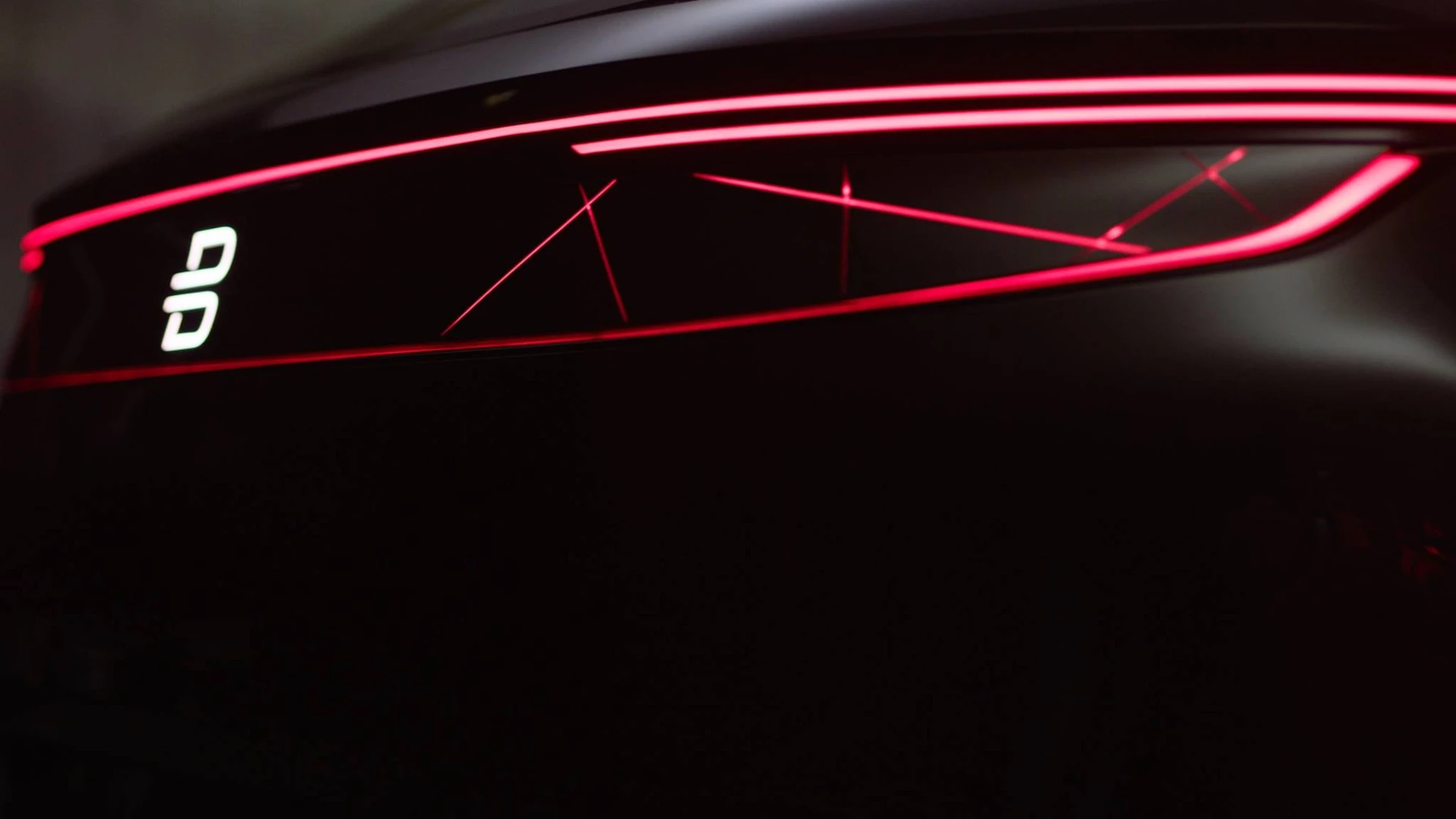It may look like the latest SUV, but the first vehicle from automotive startup Byton is more an SIV, i.e. "Smart Intuitive Vehicle." Hopefully that acronym and description experience quick deaths, while the startup's vision for smart, connected mobility evolves into reality. That vision, which will be made fully public at the start of CES 2018, includes autonomous driving tech, a home theater-like amount of digital display space, facial recognition, hand gesture control, and a pretty wicked LED lighting signature.
Gone are the days when we'd look to the North American International Auto Show for the year's first major auto debuts. With auto brands transforming into tech-centric mobility brands, CES continues to strengthen its role as the first major auto show of the calendar year. Along with new products and concepts from established automakers, its debut lineup includes first looks at startups and unknowns like Byton.
Byton had its big coming out party back in September, and CES will mark the debut of its first concept car. With global headquarters in Nanjing, China, a tech-focused HQ in Silicon Valley and a design-forward branch in Munich, the new company intends to develop global vehicles for major auto markets around the world.
Byton's car – or "next-generation smart device," if you will – follows the familiar formula of an all-electric SUV with baked-in autonomy. The car hasn't driven entirely out of the shadows just yet, but the teaser pictures show a straightforward SUV profile capped off with unique front and rear LED lighting signatures that glow in different colors based on the driving scenario.

When stepping inside, there's no need for door handles because the driver (or perhaps that'll be Passenger #1) gains entry via facial recognition cameras. Inside, there is a steering wheel, but the greater cabin appears designed more for full vehicle autonomy – we can't even imagine a driver maintaining focus with the flashing and scrolling of the huge, dash-stretching widescreen and steering hub display.
The dashboard "shared experience display" looks well-suited to sitting back and watching like a living room HD TV, and Byton promises a comprehensive cloud platform binding together driver and passenger devices, apps, profiles, etc. The company wants its car to serve as an extension of everyday life, a comfortable space where you can use your time to work, play or relax (or maybe even drive). It imagines seamless, uninterrupted connectivity with speeds up to 1,000 Mbps driving the digital bits and mentions both voice and hand gesture control within the human-machine interface.

Byton hasn't hinted at powertrain specifics just yet, but it announced plans for 218- and 311-mile (350- and 500-km) options back in September. It also plans to focus on cutting charging times, with the goal of allowing you to fire a week's worth of urban commuting juice into the battery in the time it takes to sip down a cup of Joe at the adjacent convenience store.
Byton intends to bring its first vehicle to market in China by 2019, with US and European launches following in 2020. The platform will also be used for a sedan and an MPV.
We'll bring you more details about the brave new world of SIVs when Byton holds its CES press conference on January 7.
Source: Byton


















